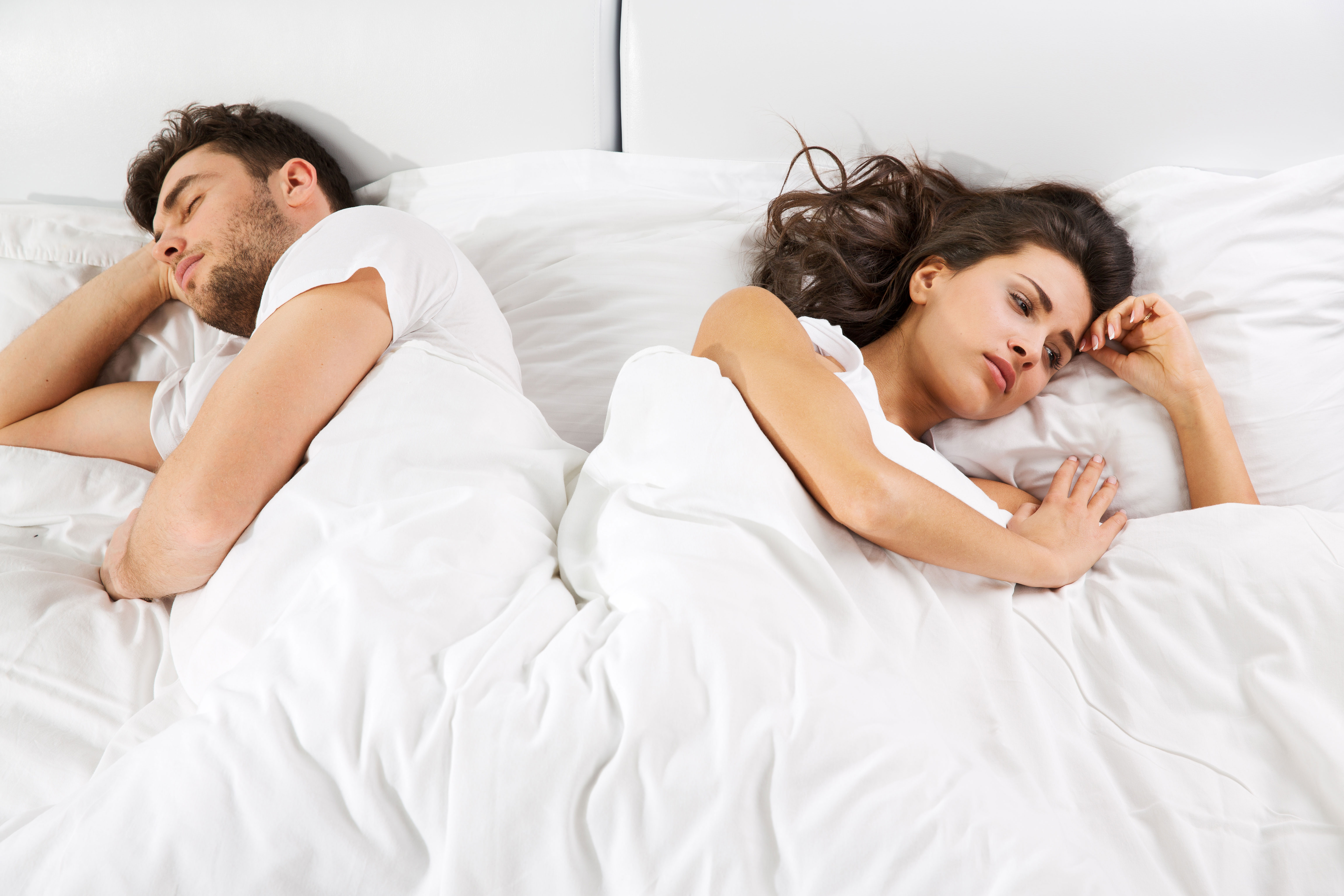Chapter 98. Hormones and Sexual Desire
Learning Objectives

Describe the main hormones that influence sexual motivation.
Contrast the hormonal effects on sexual behavior in rats and humans.
Review
Review
Select the NEXT button to continue with the Review.

1. Hormones are chemical messengers carried in the blood. Sexual development and adult sexual behavior are influenced by a family of closely related hormones called androgens (primarily testosterone) and estrogens (primarily estradiol). Females have higher concentrations of estrogens, and males have higher concentrations of androgens.
Review
Review
Select the NEXT button to continue with the Review.

2. In rats and many other animals, hormones tightly control sexual behavior. Female rats are sexually receptive only when their level of estrogens is high. Male rats seek females only when their level of androgens is high.
Review
Review
Select the NEXT button to continue with the Review.

3. Human sexual desire is more complicated (and more difficult to measure). Surprisingly, short-term fluctuations (across hours or days) in estrogens have very little impact on female sexual interest or sexual behavior, and the same is true for fluctuations in androgens for males.
Review
Review
Select the NEXT button to continue with the Review.

4. In contrast, long-term changes (over months or years) in sex hormones have dramatic effects on humans. During puberty, the surge in androgens and estrogens produces the familiar characteristics of adult male and female bodies.
Review
Review
Select the NEXT button to continue with the Review.
5. During middle age (the 40s and 50s), females experience a sharp drop in estradiol associated with menopause, but little change in sexual interest. However, women who have an abnormally low level of testosterone typically report reduced sexual interest.
Review
Review
Select the NEXT button to continue with the Review.
6. There is no “male menopause” or other sudden drop in hormone production. Instead, males experience a gradual decline in testosterone levels across the decades of adulthood, and a corresponding gradual decline in sexual interest.
Practice 1: Sex Hormones Across the Lifespan
Practice 1: Sex Hormones Across the Lifespan
Try to predict the lifespan changes in the hormones testosterone and estradiol for males and females. Then, select each button to see a graph of the typical pattern.
Practice 2: Predicting Changes in Sexual Desire
Practice 2: Predicting Changes in Sexual Desire
How do changes in androgens and estrogens influence sexual motivation? Try to predict what would happen with each of the changes indicated here. Then, select each button to see the typical outcome.
Hourly fluctuations in level of testosterone across a day (blue): In males, testosterone production follows a predictable 24-hour cycle, reaching a peak between 6 am and 8 am, then gradually falling throughout the day to stabilize at about half that level from 7 pm to 2 am. This cycle is not correlated with sexual interest or sexual behavior.
Daily fluctuations in level of estradiol across a month (pink): In females, estradiol production follows a predictable 28-day cycle, reaching a peak a few days before ovulation, then falling sharply to a low at ovulation, and then rising to a second peak a few days after ovulation, along with another important hormone called progesterone, which prepares the uterus for pregnancy. This cycle is weakly correlated with sexual interest, with some studies showing a slight increase in desire as estradiol falls at ovulation.
Long-term increase in level of testosterone at puberty (blue): In males, testosterone rises dramatically at the time of the growth spurt between ages 12 and 14, enabling the development of the male genitals and sperm production. Sexual interest rises along with testosterone level.
Long-term increase in level of estradiol at puberty (pink): In females, estradiol rises gradually at the beginning of puberty, then increases more sharply between ages 12 and 14, reaching adult levels around age 16. This increase, along with the production of other female hormones, allows the maturation of the reproductive tract and the beginning of the menstrual cycle. Sexual interest rises at the same time, but this may have little to do with estradiol level. Instead, the increase in sexual interest may be driven by a smaller rise in testosterone produced by the adrenal glands.
Age-related decrease in level of testosterone (blue): In males, testosterone production typically falls gradually across the decades of adult life. Sexual interest decreases steadily as testosterone level declines.
Age-related decrease in level of estradiol (pink): In females, estradiol declines gradually between ages 20 and 40, and then dramatically between ages 40 and 50 before leveling out for the rest of adulthood. Menopause typically occurs around age 50. Although the drop in estradiol causes thinning of the vaginal walls and a reduction in lubrication, it is not correlated with a decrease in sexual interest, unless the woman has an abnormally low level of testosterone.
Quiz 1
Quiz 1
For each statement, select one of the buttons to indicate whether the statement is True or False. When responses have been chosen for all the statements, select the CHECK ANSWER button.
| True | False | |
|---|---|---|
In male rats, sexual interest is tightly correlated with the level of testosterone. |
||
Human females experience a sudden decrease in sexual interest as their estradiol level falls at menopause. |
||
In humans, both males and females experience an increase in sexual interest along with the rise of sex hormones at puberty. |
||
Female rats are sexually receptive only when their testosterone level is high. |
Quiz 2
Quiz 2
Match the terms to their descriptions by dragging each colored circle to the appropriate gray circle. When all the circles have been placed, select the CHECK ANSWER button.
Conclusion
